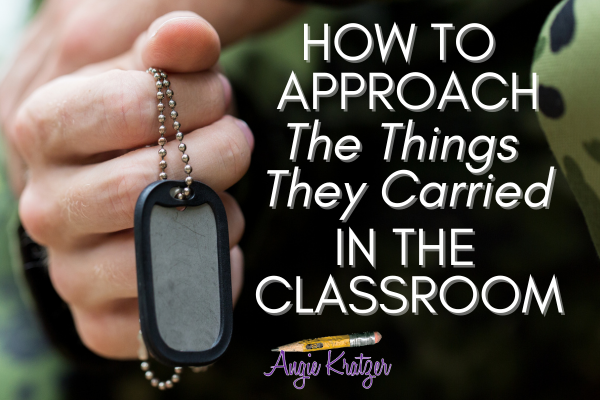
5 English Teacher Organization Hacks
No one is busier than an English teacher. While a social studies teacher plows through a linear content-based curriculum and a math teacher can grade a test in five minutes, we’re weaving together multiple skill strands, re-reading a novel every time we teach it, and grading essay upon essay upon…











